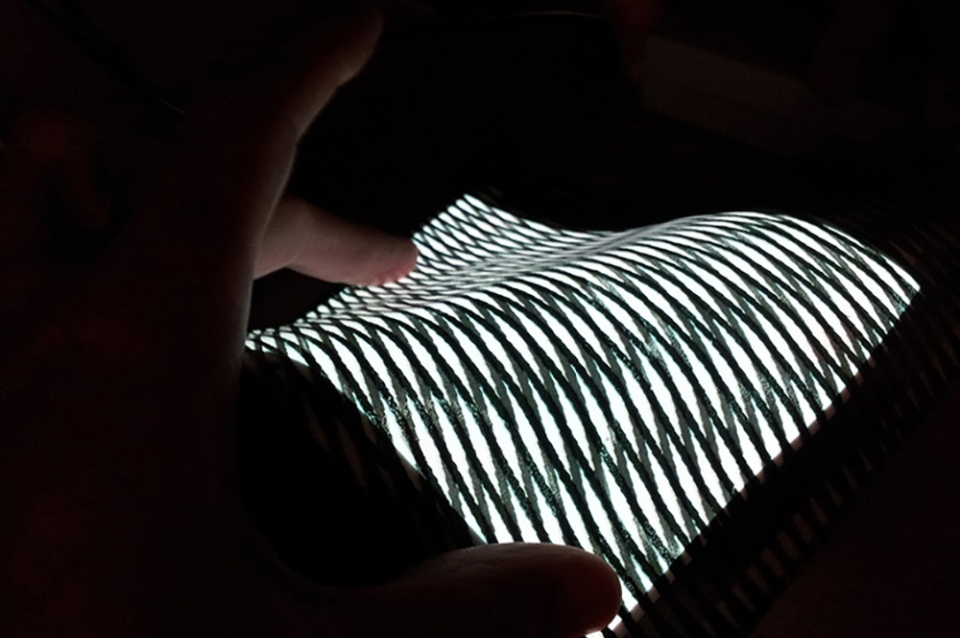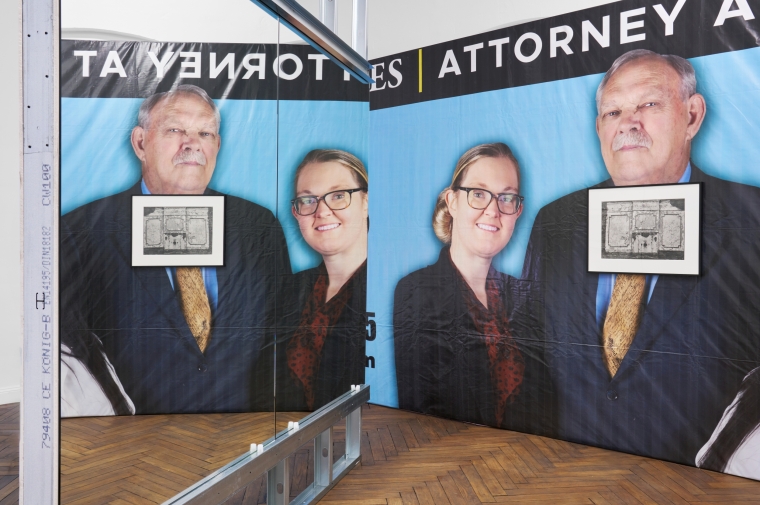September 13, 2018
Orkan Telhan Wants His Students to Define ‘Design After the Digital’
By Lauren Hertzler

Printed electronics like this are just one of the technologies students are investigating in a PennDesign seminar.

 Expand Image
Expand Image

